How Machine Learning has Transformed Industrial IoT
Artificial intelligence, machine learning, big data. These are some of the common terms that we come across when we talk about the new age of technologies. While most of us have an inkling of machine learning’s capabilities and what we could expect with future developments, did you know that it is already transforming the ways that industries work? In this article, we will discuss what machine learning is and just why it is so transformative for the industrial internet of things or industrial IoT!
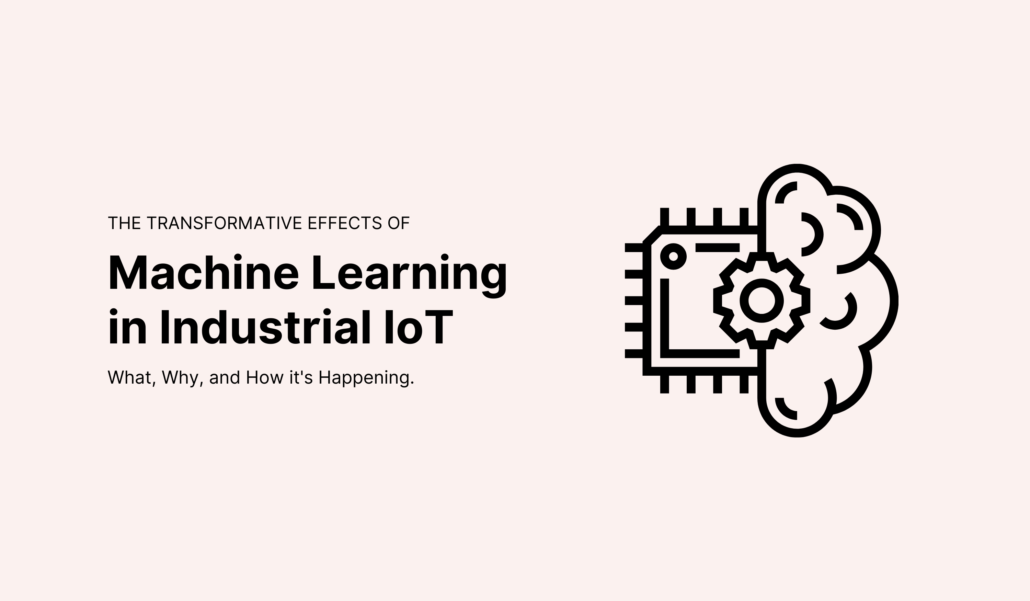
What is Machine Learning?
Machine learning is a broad field of study that has seen tremendous progress in the recent years. It is a technique that works on the fundamental principle that a computer can autonomously and algorithmically improve its own performance at a given task by learning from data – sometimes even beyond the capabilities of humans.
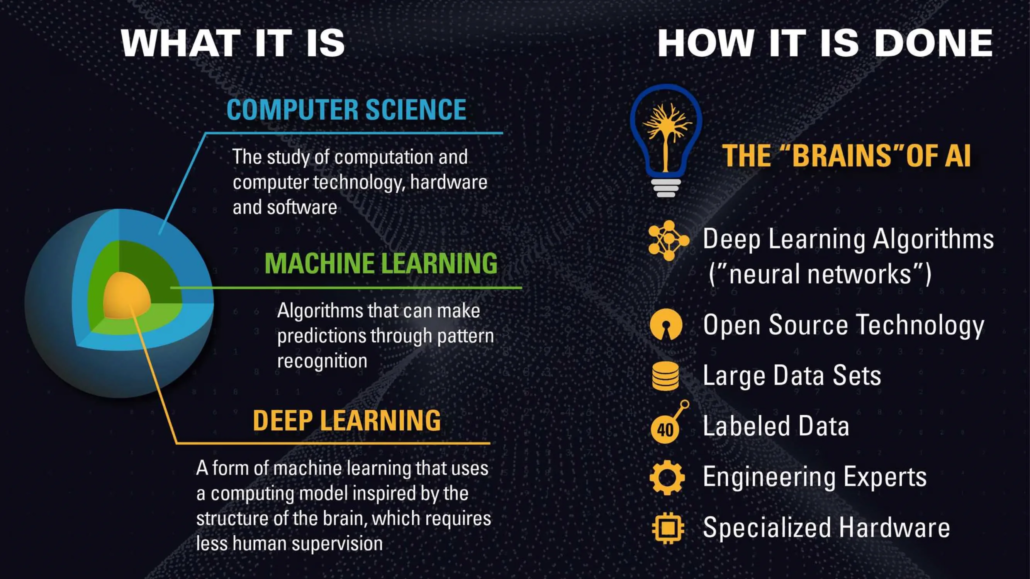
This is distinct from traditional autonomous processing, which was limited to simple rule-based classification. Rule-based classification works for simple tasks, but fails when applied to complex real world contexts – this is because the complexity of reality makes it virtually impossible to encompass and program for all possible outcomes!
Because of this, machine learning is particularly good at handling situations where there is a lot of noise or variations, such as in advanced tasks like image classification, audio recognition, forecasting and anomaly detection!
There are 3 main types of machine learning.
- Supervised Learning – Model is trained on labelled data. Inputs are fitted directly to their outputs.
- Unsupervised Learning – Model is trained on unlabeled data. The model is left to find the relationships between different kinds of data.
- Reinforcement Learning – Model explores different actions. Positive outcomes are ‘reinforced’, while negative outcomes are ‘punished’.
Our choice of machine learning method depends largely on the type of data available and the task on hand. In most situations, supervised learning is preferred since it is easier to use, but it is only effective if well-labelled data is available. Because of this, unsupervised and reinforcement machine learning methods have become indispensable for real applications and are the focus of many talented researchers.
Using Machine Learning in IoT
As you might have guessed, data is an integral part of machine learning. In view of this, IoT is often closely mentioned together with ML!
In fact, IoT describes a network of interconnected devices or sensors that collect data and send them to a centralised cloud platform, where that data is then aggregated. With the total number of IoT connected devices projected to soar up to 30 billion by 2025, the scale of data being collected is and will continue to be on an incredibly massive scale, perfect for integrating machine learning models!
But such centralised, cloud-based machine learning only allows us to develop insights on our data on a broader scale. What if there was a way to make the individual things in IoT smarter? Well, that’s exactly where edge ML and TinyML come in.
What’s Edge ML and TinyML?
In the simplest terms, Edge ML refers to the use of machine learning algorithms running directly on edge devices. This grants powerful machine learning capabilities to devices that all around us, which has led to the development of many new applications!
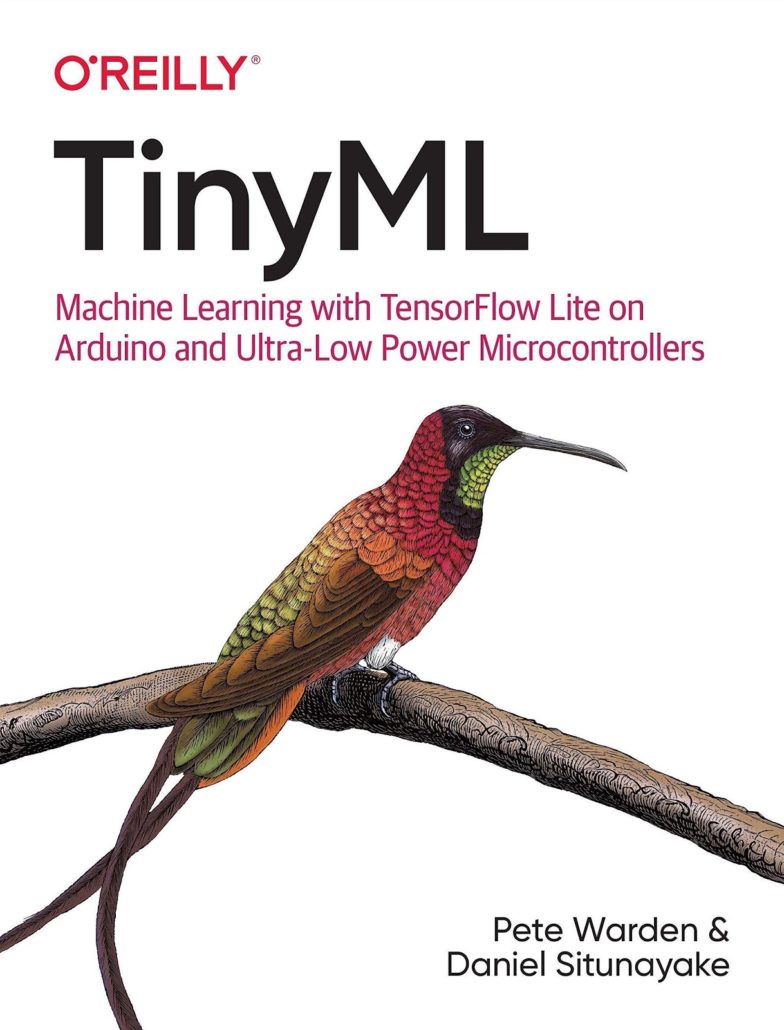
TinyML, short for tiny machine learning, takes edge ML one step further by optimising machine learning models to run on small, affordable and low-power microcontrollers. Given that most edge devices are microcontrollers, there is no doubt that we are already in the midst of experiencing a machine learning revolution in industrial IoT!
I discuss Edge ML in greater depth in my previous article, which you can find here.
Transforming Industrial IoT with Machine Learning
Big Data Analytics
The largest benefit to industrial IoT has to be our now improved ability to work with big data. At the scale that IoT collects data, traditional methods would only allow us to glean basic insights and trends. Machine learning however, lets us leave the heavy lifting to our computers, which can now draw insights from even the most granular data, on a massive scale, to find relationships between factors that are almost impossible for humans to intuitively observe.
In industries, these insights can then be used to better understand industrial processes and make data-driven business decisions and optimisations. In fact, they are already being used to improve many industries like manufacturing and agriculture! The most important factor, however, is that machine learning in combination with IoT merely capitalises on an infrastructure that already exists – allowing better use of the data that we already have with little additional cost!
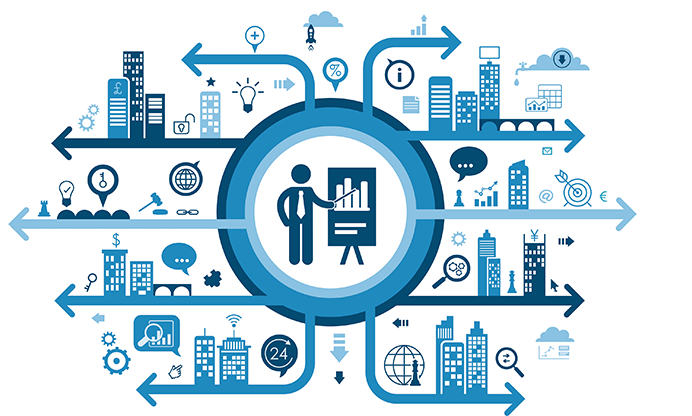
Of course, that’s not to say that traditional methods are now obsolete. Today, that is now known as exploratory data analysis, and is a crucial step that data analysts and machine learning engineers take before building effective machine learning models.
From Preventive to Predictive Maintenance
Previously, preventive maintenance in industry involved deploying maintenance works at regular intervals, usually in a statistically defined period of time after which machinery was found to have higher chances of failure. While this does on average maintain the lifespan of our machines, this might actually be considered ineffective for two reasons:
- To provide a margin of safety, maintenance is often wastefully performed when it is not yet needed
- Due to exceptional circumstances, machines continue to fail due to reasons not mitigated by regular maintenance
But today, there is a new method enabled by machine learning – predictive maintenance!
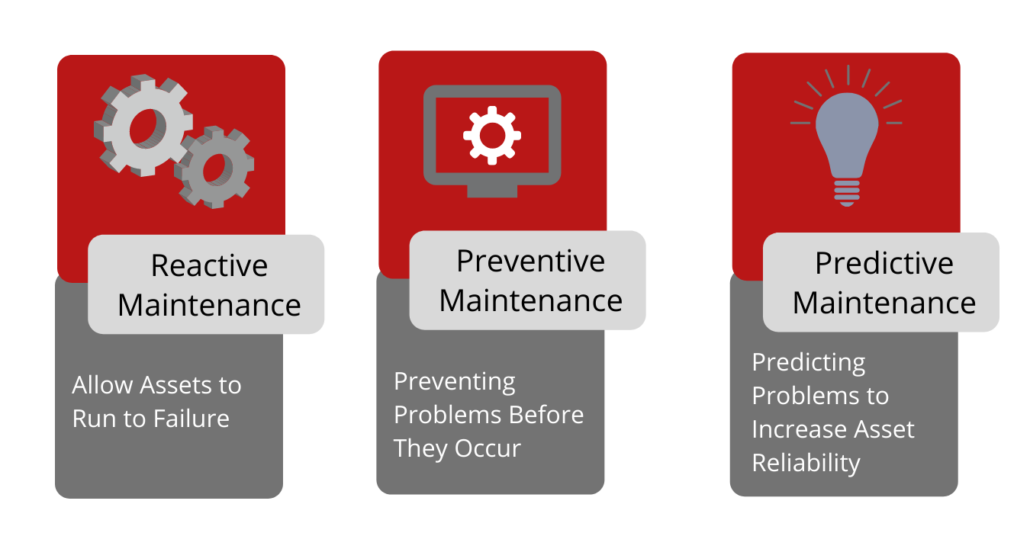
Thanks to unsupervised machine learning algorithms like clustering, our IoT devices are able to run ML models directly on the edge to capture anomalies. For example, when machinery begins to vibrate at a frequency that differs from usual patterns, the IoT device will now be able to detect this with the help of machine learning. Then, it can alert maintenance or directly shut the machinery down for safety.
Automated Quality Control
Quality control is difficult. No matter how much we improve manufacturing processes, defects will always occur. Traditionally, these quality control checks might be performed by workers on the shop floor – but we know that humans make mistakes, especially when faced with repetitive tasks and fatigue. Fortunately, that is also about to change thanks to computer vision in machine learning.
Image classification or object detection are capabilities enabled by machine learning deep neural networks algorithms. With just a camera, ML-powered production lines can now automatically check each unit produced for defects, tirelessly and consistently! You can even combine QC data with data from production machinery to in turn optimise and improve the efficiency of your manufacturing processes!
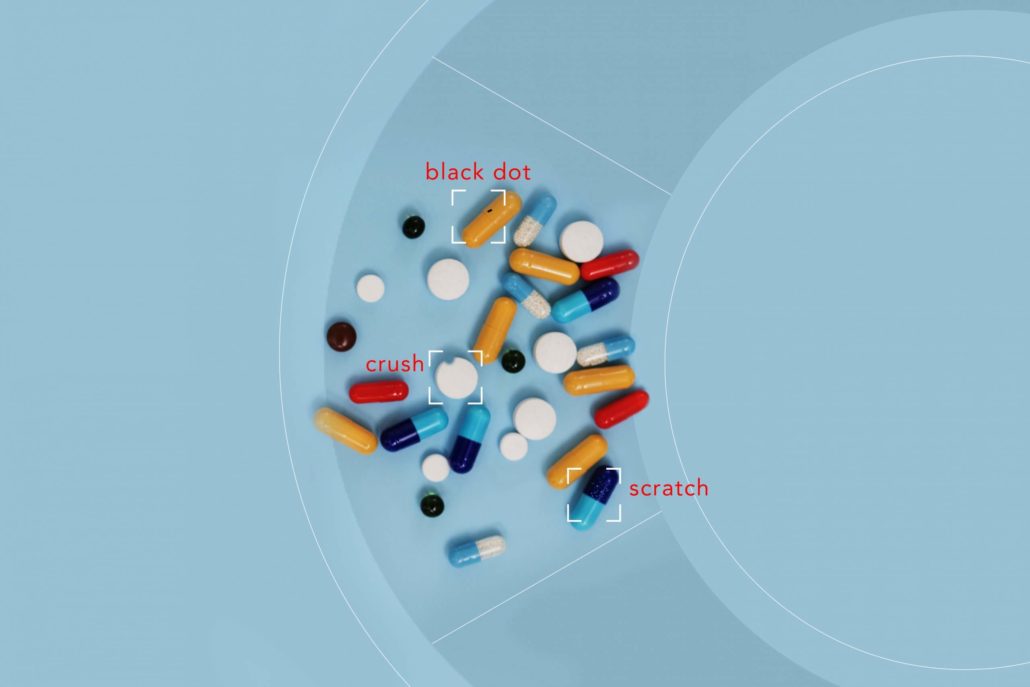
More Fulfilling Jobs
Job security is a large concern where machine learning and artificial intelligence is discussed. Numerous roles are now being automated by ML-based platforms, and this shift has only been accelerated by the global pandemic.
While this transition will be a struggle for many, it is important to understand that the current state of machine learning still largely only replaces repetitive tasks. As we progress, automating menial tasks opens up numerous possibilities for our minds to be engaged in higher-level thinking, like creative work and design. Studies show that such jobs are actually more fulfilling and help people live happier lives!

Get Started with Machine Learning
With the rise of TinyML, it’s become more accessible and affordable to implement any kind of machine learning model in your IoT application. Kick start your machine learning journey today with one of these popular ML platforms from Seeed!
Wio Terminal
The Wio Terminal is a complete Arduino-compatible AI platform based on the ATSAMD51, with wireless connectivity powered by Realtek RTL8720DN. As an all-in-one microcontroller, it has an onboard 2.4” LCD Display, IMU, microphone, buzzer, microSD card slot, light sensor & infrared emitter. The Wio Terminal is officially supported by Edge Impulse, which means that you can easily use it to collect data, train your machine learning model, and finally deploy an optimised ML application!
Product Features:
- Powerful MCU: Microchip ATSAMD51P19 with ARM Cortex-M4F core running at 120MHz
- Reliable Wireless Connectivity: Equipped with Realtek RTL8720DN, dual-band 2.4GHz / 5GHz Wi-Fi (supported only by Arduino)
- Highly Integrated Design: 2.4” LCD Screen, IMU in a compact enclosure with built-in magnets & mounting holes
- Raspberry Pi 40-pin Compatible GPIO
- Compatible with over 300 plug&play Grove modules to explore with IoT
- USB OTG Support, TELEC Certified
- Support Arduino, CircuitPython, Micropython, ArduPy, AT Firmware, Visual Studio Code
If you’re interested to pick up a Wio Terminal, please visit its product page on the Seeed Online Store!
Seeeduino XIAO
The Seeeduino XIAO is the smallest Arduino compatible board in the Seeeduino Family. Despite its small size, the Seeeduino XIAO is equipped with the powerful SAMD21 microchip and a variety of hardware interfaces. It truly puts the tiny in TinyML!
Product Features:
- ARM Cortex-M0+ 32bit 48MHz microcontroller (SAMD21G18) with 256KB Flash, 32KB SRAM
- Compatible with Arduino IDE & MicroPython
- Easy Project Operation: Breadboard-friendly
- Small Size: As small as a thumb(20×17.5mm) for wearable devices and small projects.
- Multiple development interfaces: 11 digital/analog pins, 10 PWM Pins, 1 DAC output, 1 SWD Bonding pad interface, 1 I2C interface, 1 UART interface, 1 SPI interface.
Keen to learn more about the Seeeduino XIAO? Visit its product page on our Seeed Online Store now!
ODYSSEY x86J4125800
When it comes to general purpose computing, you’ll be hard pressed to find anything better than the ODYSSEY x86J4125800. Running on the powerful x86 CPU architecture, this SBC is capable enough to meet any edge machine learning needs or serve as a desktop mini PC!
Product Features:
- Intel® Celeron® J4125, Quad-Core 2.0-2.7GHz
- Dual-Band Frequency 2.4GHz/5GHz WiFi
- Intel® UHD Graphics 600
- Dual Gigabit Ethernet
- Integrated Arduino Coprocessor ATSAMD21 ARM® Cortex®-M0+
- Raspberry Pi 40-Pin Compatible
- 2 x M.2 PCIe (B Key and M Key)
- Support Windows 10 & Linux OS
- Compatible with Grove Ecosystem
Interested to learn more? Learn more about the ODYSSEY x86J4125800 on the Seeed Online Store now!
GPU Clusters with Jetson Mate & Jetson SoMs
For high performance, real-time machine learning jobs, consider building a powerful GPU cluster with the Jetson Mate. Cluster computing on the edge offers high performance with scalability and reliability, while providing low latency for real-time applications.. A GPU cluster of Jetson System on Modules (SoMs) will comfortably take care of the toughest machine learning workloads you throw at it!
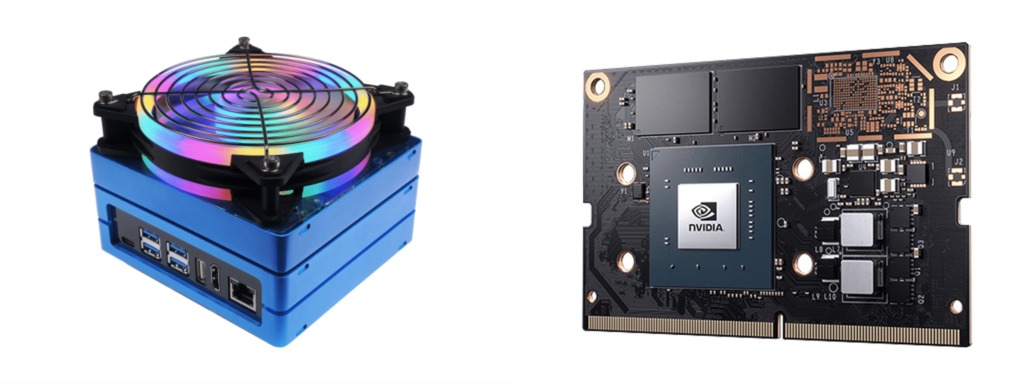
The Jetson Mate can house up to 4 NVIDIA Jetson Nano / NX SoMs in its compact form factor to deliver immense computing power on the edge. With an easy-to-build design that can be easily set up with our step-by-step guide, the Jetson Mate offers high flexibility and performance for your GPU clusters.
To learn more about the Jetson Mate, be sure to visit its product page on the Seeed Online Store!
Get Started with Machine Learning IoT Projects
The following projects demonstrate how machine learning can enhance the way we work with IoT. Get started with your very own machine learning IoT project and begin transforming your industry today!
Smart Weather Station with TFLite on the Wio Terminal
Weather stations are a popular project amongst the maker community. Why not take it one step further and add Edge AI capabilities to enable local weather predictions? This project by Dimitry Maslov does exactly that – visit the full article here for all the details!
Materials Needed:
This tutorial is also part of our Learn TinyML using Wio Terminal and Arduino IDE series. Be sure to check each of them out!
- Learn TinyML using Wio Terminal and Arduino IDE #1 Intro
- Learn TinyML using Wio Terminal and Arduino IDE #2 Audio Scene Recognition and Mobile Notifications
- TinyML using Wio Terminal and Arduino IDE #3 People Counting and Azure IoT Central Integration
- Learn TinyML using Wio Terminal and Arduino IDE #4 Weather prediction with Tensorflow Lite for Microcontrollers a.k.a. I just like data
Machine Learning Powered Inventory Tracking with Raspberry Pi
This project uses machine learning powered object detection to count objects in a photo! The inventory numbers are then uploaded to Azure IoT Central so that the inventory can be monitored anytime, anywhere.
Materials Needed:
- Raspberry Pi 4
- Raspberry Pi Camera Module V2, OR
- Any USB Webcam
Keen to try this for yourself? Visit my complete step-by-step tutorial here!
Summary & More Resources
Machine learning is a powerful tool that is now starting to transform many processes. Furthermore, it is both accessible and perfectly poised for integration with industrial IoT systems thanks to the large amount of data already being collected. As research and development efforts persist in bringing more ML applications to edge devices, the role of machine learning in IoT will only continue to grow.
To learn more about machine learning and edge computing, please visit these resources!
- What is Industrial IoT? [Case Studies]
- An Introduction to TinyML – towardsdatascience.com
- How to Choose Hardware for Edge ML!
- Cluster Computing on the Edge – What, Why & How to Get Started